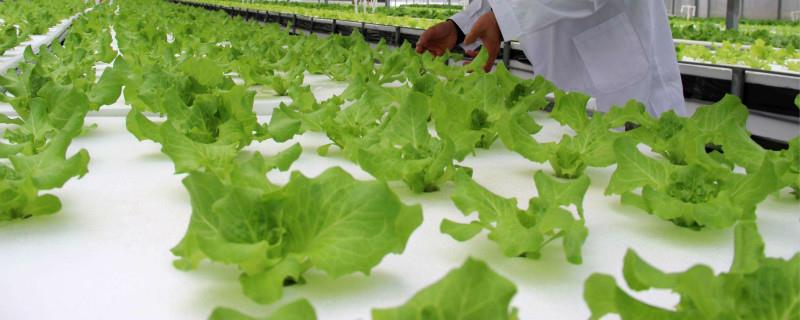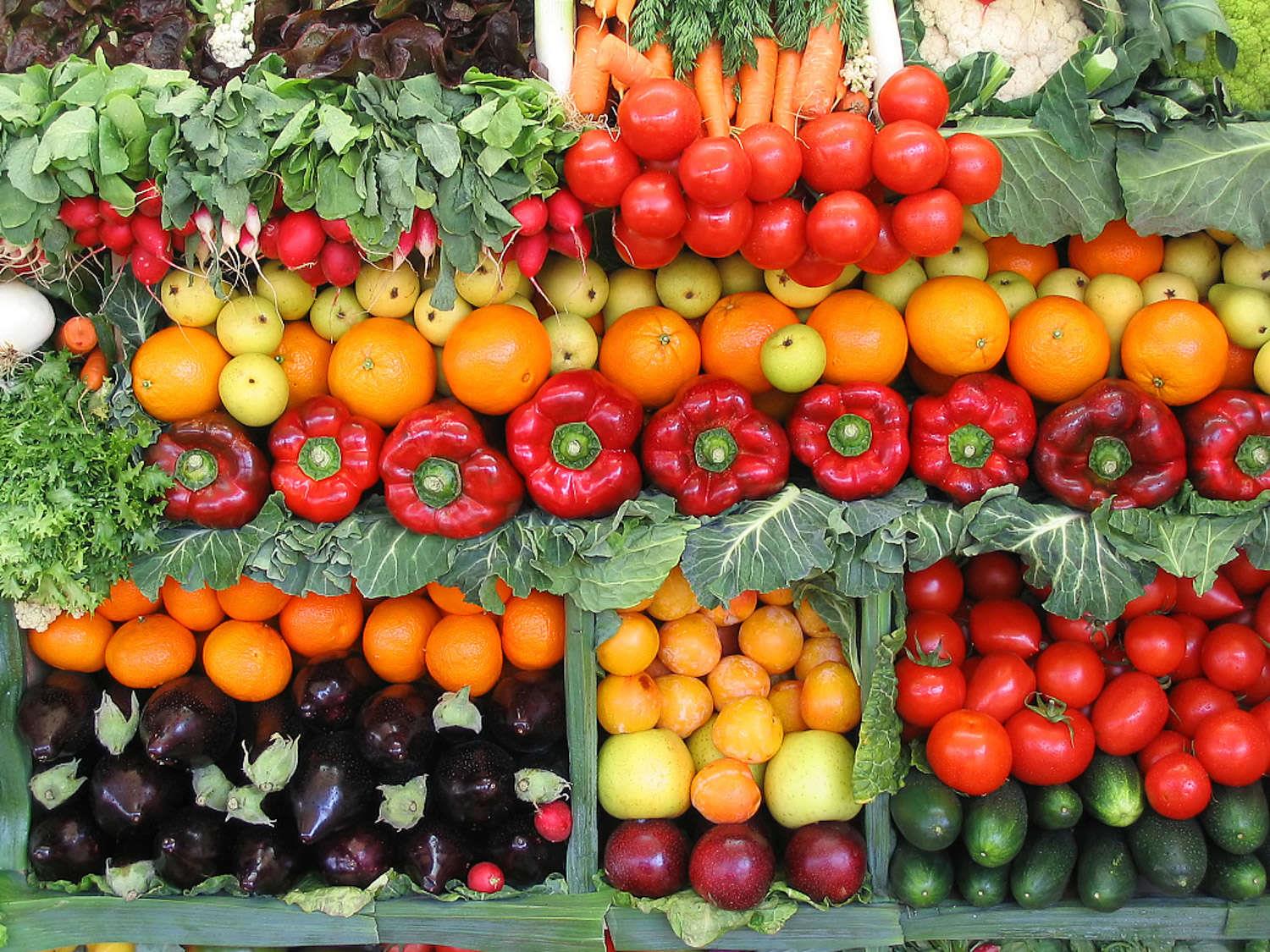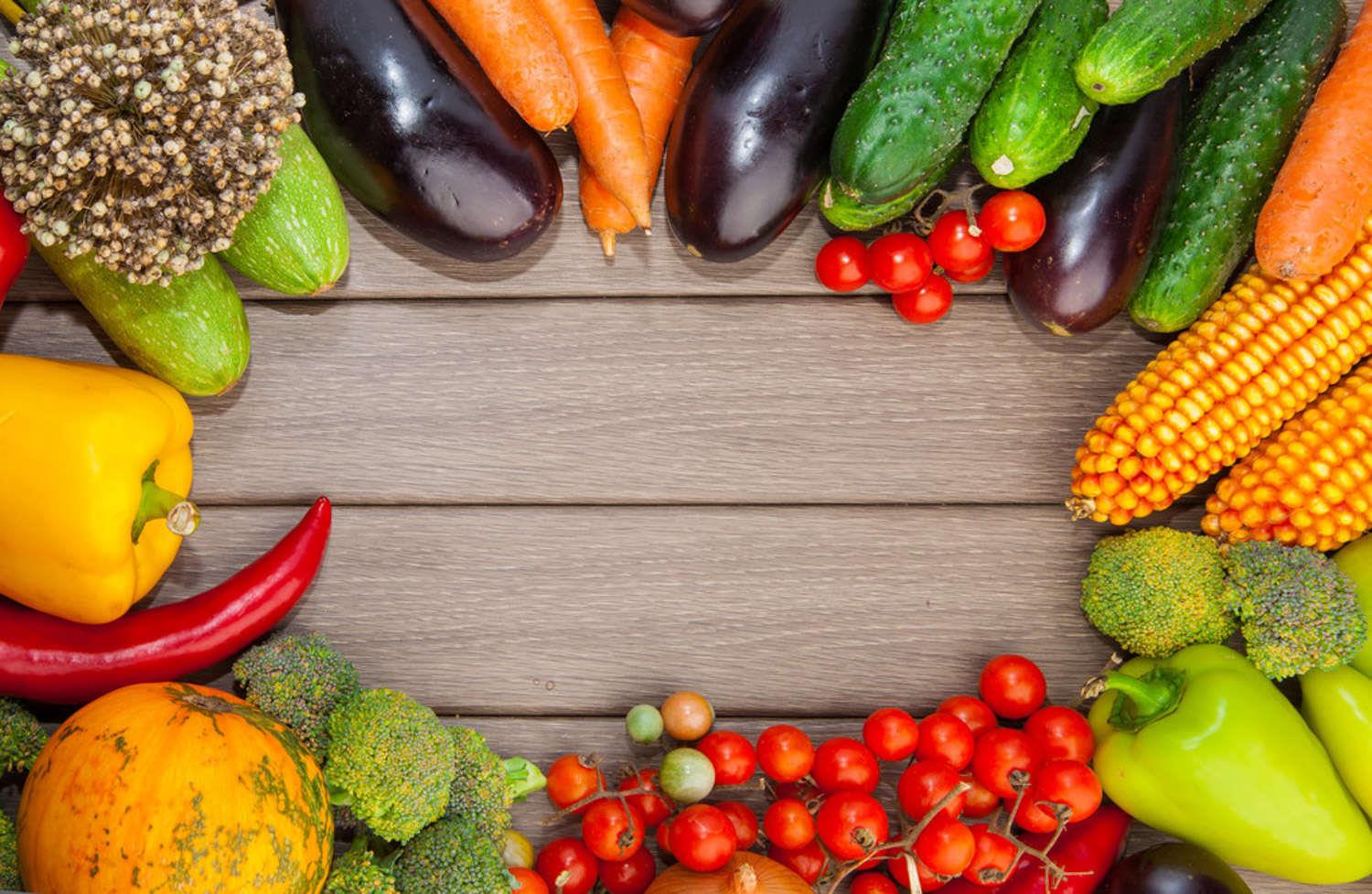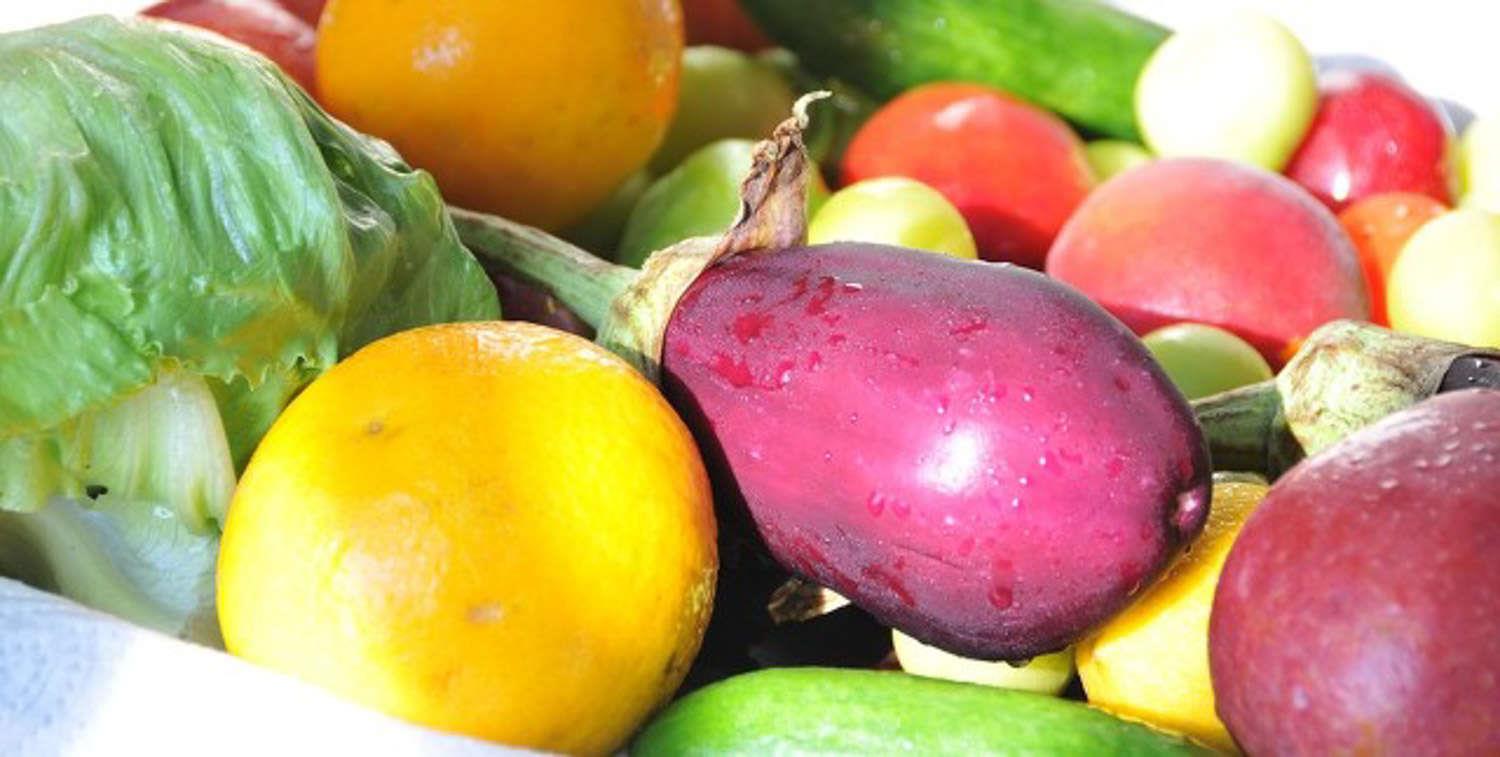Soilless vegetables
Last Update :2024.05.14
Article Catalog
Soilless cultivation is a new technology for cultivating crops that has only been developed in recent years. It does not use soil. Crops can obtain nutrients through mineral nutrient solutions and grow normally. This cultivation method saves water and fertilizer and can produce high yields. Since no soil is used, it can save labor and make management easier. In addition, there are no regional restrictions.

I. Overview
1. Overview
Soilless cultivation is a new technology for cultivating crops that has only been developed in recent years. It can also be understood from the literal meaning that crops that do not use soil at this time are mainly planted in nutrient solutions containing minerals. As long as certain management and cultivation equipment are used, crops can grow normally without soil and achieve high yields, so it is called soilless. Soil cultivation.

2. Advantages
1. Save water, fertilizer and high yield: The nutrients of this crop are provided by the cultivated nutrient solution, and the loss of water and nutrients is very small. Not only that, different nutrients will be applied according to different growth stages of the crops, so they will grow stronger and produce higher yields.

2. Easy management: no soil cultivation is required, so no need Plowing, plowing and weeding saves more effort and labor. In addition, nutrients can be replenished regularly and quantitatively, so there is no waste and labor is reduced to a greater extent.
3. Not restricted by region: Because this cultivation method is separated from the soil, it is not restricted by soil quality, water quality and other conditions. In addition, space can be saved. It can be cultivated even in buildings or abandoned factories.

2. Advantages
- END -
How to grow mung beans in hydroponic small pots

Choose mung beans, wash them, soak them in water, change the water once a day, and...
Flax farming methods and precautions

Temperature: The most suitable temperature for flax growth is between 18 and 25 de...